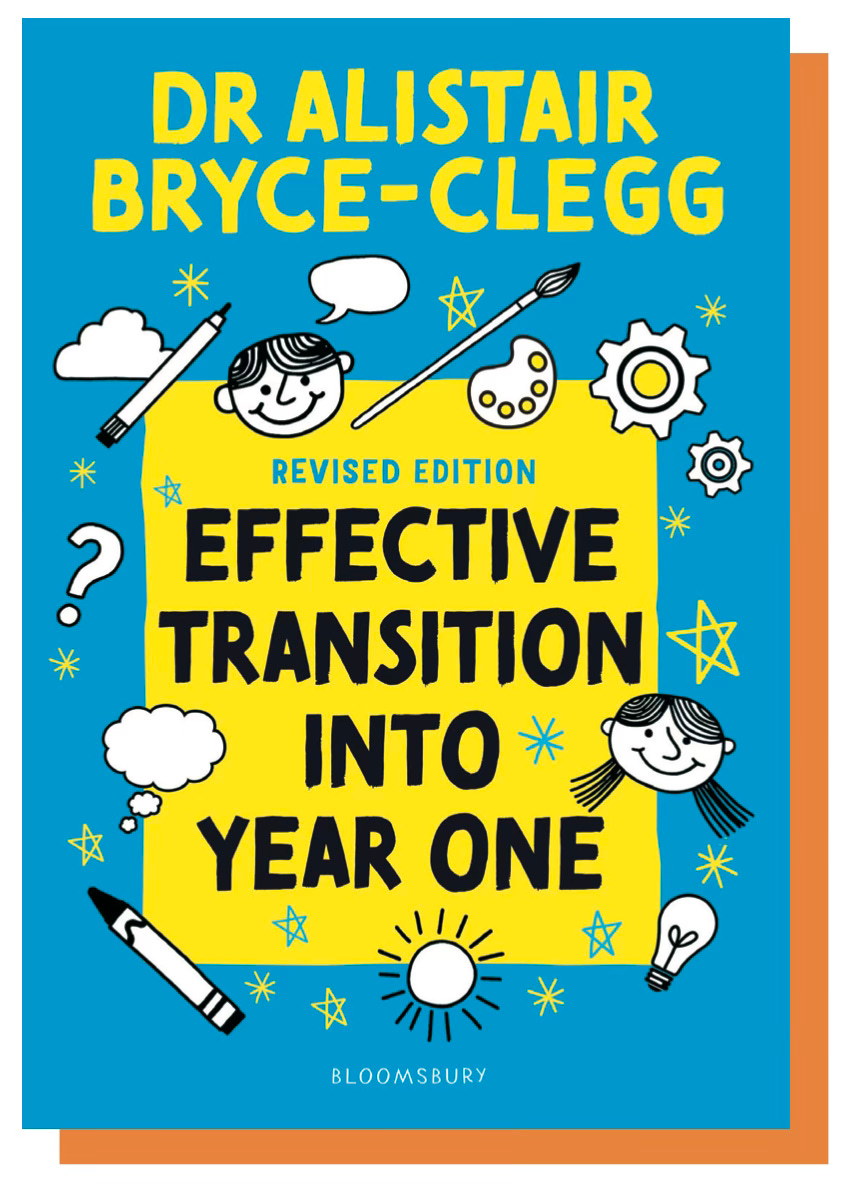Transition into Year One: Bridging the Gap Between Play and Formal Learning
As I reflect on the countless conversations I've had with Year One teachers over the years, a common theme emerges: the struggle to balance play-based learning with the increasing demands of a more formal curriculum. It's a tightrope walk that many find challenging, especially when faced with pressure from senior leadership to introduce formal learning "ASAP".
But here's the thing: effective transition isn't about abandoning play in favour of formal learning. It's about creating a bridge between the two, recognising that play remains a crucial vehicle for learning well beyond the Reception year.
As Moyles (2010) eloquently puts it:
"Play is a process that provides a way for children to make sense of their world and supports all aspects of their development and learning."
So, why the rush to formalise learning in Year One?
Often, it stems from a misunderstanding of what constitutes 'real' learning. There's a pervasive myth that if children aren't sitting at desks, pencils in hand, they're not learning. But nothing could be further from the truth.
Fisher (2011) argues that "the pedagogical practices in Year 1 should build on those of the Foundation Stage, with opportunities for child-initiated activities and learning through play." This doesn't mean that Year One should be a carbon copy of Reception, but rather that the transition should be gradual and respectful of children's developmental needs.
Now, I know what some of you might be thinking. "But Alistair, if I let my Year One children play all day, when will the work get done?" It's a fair question, but it's based on a false dichotomy between play and work. High-quality play IS work for young children. It's how they make sense of the world, develop critical thinking skills, and build the foundations for later academic success.
Whitebread (2012) notes that "playful experiences are fundamental to the development of children's metacognitive and self-regulatory abilities." In other words, through play, children learn how to learn.
But I hear you. Implementing a play-based approach in Year One isn't without its challenges. Many Year One teachers have shared their struggles with me:
1. Lack of EYFS knowledge and training
2. Insufficient resources and equipment
3. Limited support from additional adults
4. Lack of understanding from senior leadership
5. Unrealistic expectations about progress and attainment
These are valid concerns, and they highlight the need for a whole-school approach to transition. It's not enough to simply tell Year One teachers to 'do more play'. They need support, training, and resources to make it work.
As Brooker (2008) suggests:
"Successful transitions depend on the creation of socially and culturally responsive environments in which children's prior learning is valued and extended."
So, what might this look like in practice?
Firstly, it's about creating an environment that supports both play and more structured learning. This doesn't mean turning your Year One classroom into a replica of Reception, but it does mean ensuring there are opportunities for child-initiated learning alongside more formal instruction.
Secondly, it's about observation and assessment. The Leuven Scales of Well-being and Involvement, developed by Ferre Laevers, can be an invaluable tool here. By observing children's levels of well-being and involvement, we can gauge how well they're transitioning and adjust our approach accordingly.
Thirdly, it's about communication - with children, parents, and colleagues. Help parents understand the importance of play in their child's learning journey. Work with Reception teachers to ensure continuity of experience for children.
And finally, it's about advocacy. As Year One teachers, we need to be champions for developmentally appropriate practice. We need to challenge the notion that earlier formal instruction leads to better outcomes.
As Whitebread (2012) notes:
"There is no evidence that starting formal teaching earlier has any benefit and there is evidence that it can do some harm."
Remember, transition is not about getting children 'ready for Year One'. It's about making Year One ready for the children. It's about creating an environment where all children can thrive, regardless of whether they achieved their Good Level of Development at the end of Reception.
As you prepare for your next cohort, consider this: how can you create a Year One experience that honours the power of play while gently introducing more formal learning? How can you ensure that every child, regardless of their starting point, feels valued, challenged, and supported?
It's not an easy task, but it's a crucial one. Because when we get transition right, we set children up for a lifetime of joyful, engaged learning. And isn't that what education should be all about?
For more information about Transition Into Year One:
Book:
Online Training:
References:
Brooker, L. (2008) Supporting Transitions in the Early Years. Maidenhead: Open University Press.
Fisher, J. (2011) Building on the Early Years Foundation Stage: developing good practice for transition into Key Stage 1. Early Years, 31(1), 31-42.
Moyles, J. (2010) The Excellence of Play. Maidenhead: Open University Press.
Whitebread, D. (2012) Developmental Psychology and Early Childhood Education. London: SAGE.





Another fantastic article! The transition from reception to Year 1 shouldn't be 'set in stone' for a school. It should be different year on year, depending on the cohort's needs (and if they even need formal teaching in year 1.....) It feels that so much personal, social and emotional development is hindered/missed for children as schools strive to become formal quicker!
Great article thank you! I’m in my third of an early years degree ( up to ages 8) and for my dissertation I want to look at how schools can implement a play based curriculum in year one and two as I think it’s forgotten that children are not developmental ready for formal education before the age of 7 or 8 years.